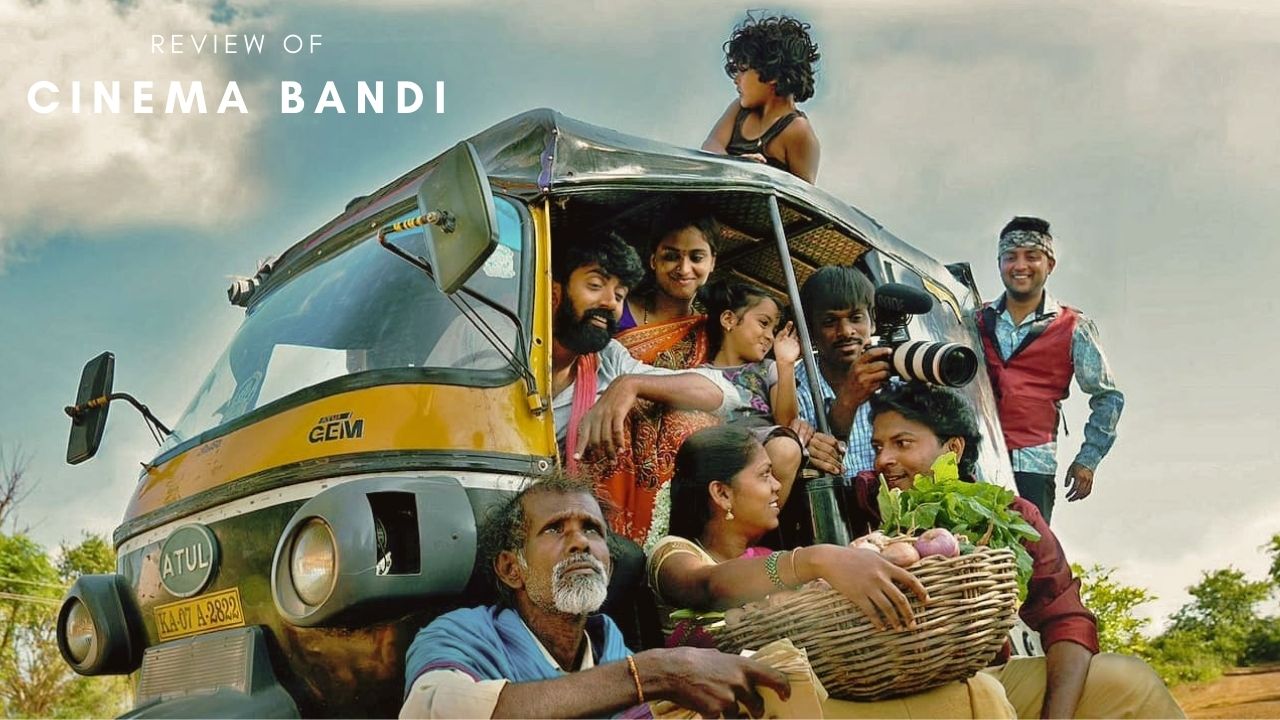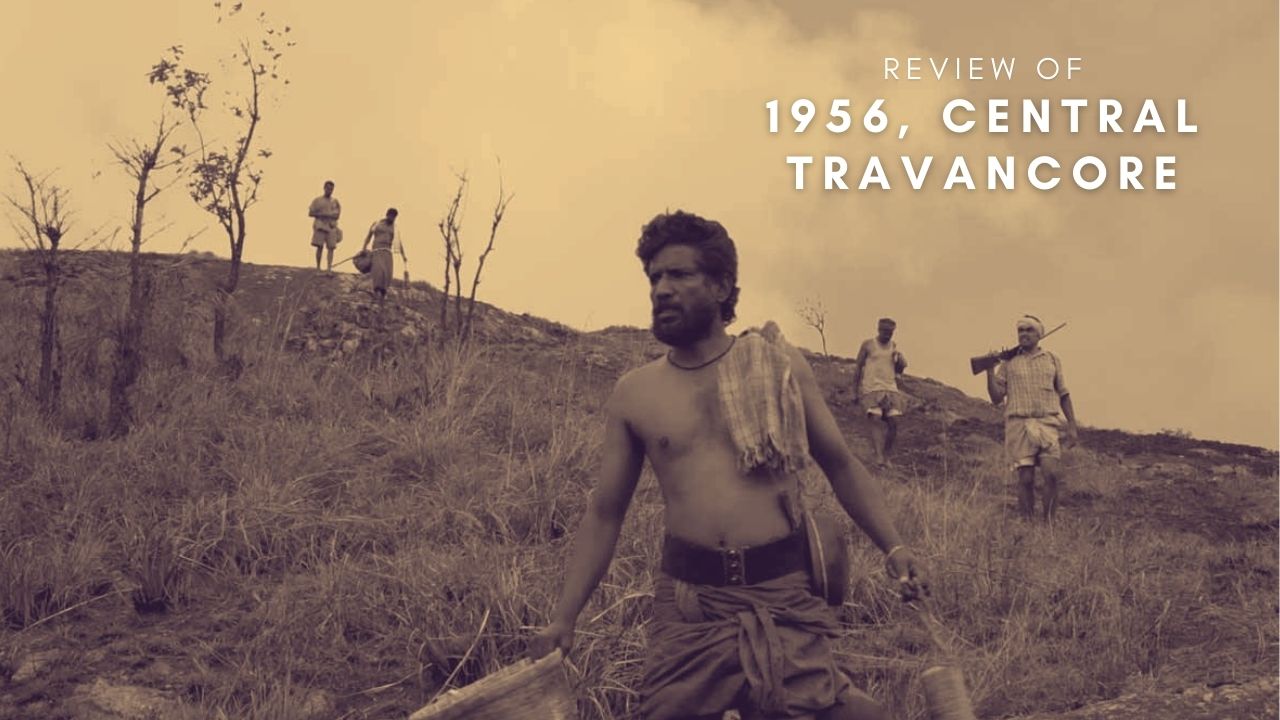
A Traumatizing Deviation From The Mystical Fantasy Of Kipling’s Original Jungle
After sitting idle on the shelf for quite a while now, the much awaited Netflix production –‘Mowgli: Legend of the Jungle’ –is finally out, and it provides much clarity to why it failed to grab a release in the theatres. Andy Serkis has done a great job at making the film spectacular in all aspects, including his direction. However, the film is not essentially something all parents would want their children to see, owing to the grotesque and dark adaptation of perhaps what is the most popular children’s classic of all times.
Unexpectedly, Kipling’s fun, mystical jungle, with the talking animals and a little boy, turn upside down with Serkis’ gory and gritty adaptation, earning the film a PG-13 rating. The film sets the mood for the audience to be distressed and traumatized by what appears to be nothing more than a kid’s movie.
The Subversion And The De-Censoring Of The Exotic Jungle
Right from the start of the film, Mowgli lets the audience believe that the journey through Serkis’ jungle will be far from something sweet, soothing and funny –the usual version of Kipling’s jungle which we are accustomed to. The film starts off on a grim note that shows Mowgli’s parents being the victims of a gruesome death, playing at their terrible fate of being preyed upon by the fierce and vile tiger, Sher Khan (Benedict Cumberbatch).
Most of us, at least up till now, found Khan’s action of throwing a wolf off a cliff extremely dark in the old version of Jon Favreau. However, Serkis’ version definitely gave a completely new dimension to the darkness of Khan as well as the jungle, when Bagheera (Christian Bale), the black panther, finds Mowgli covered in his mother’s blood.
Andy Serkis made it his mission to make it a point that any resemblance that his film bears with the rather less disturbing versions of the previous adaptations is nothing but a plain necessity. That being said, we still follow and participate in Mowgli’s efforts to blend in the pack of wolves; he is bullied and nagged by the pack for being unlike them and for spending his time with Bagheera and a bear, Baloo, that can talk.
The audience also encounters the monkey kidnappers, only this time, Serkis plans a twist where the monkeys attempt at murdering Baloo and Bagheera instead of taking on a jazz number like in the earlier versions. What is perhaps the most shocking alteration that Serkis makes to the happy-go-lucky classic is the dark portrayal of Baloo, the adorable bear with a warm heart from the original version.
Serkis’ Baloo, voiced by Serkis himself, is not the fun-loving, warm ball of love who loves to sing and relax alongside the river, but rather a droopy-mouthed and hideously scarred drill sergeant officer who is so tongue-tied that he appears to be drunk every time he utters a word.
Mowgli, The Wild Child
While Disney had earlier succeeded in the efficient humanization of Mowgli, that rendered him with special qualities as a well drawn out character, which was probably what Kipling had originally intended. Andy Serkis along with his massively talented screenwriter, Callie Kloves, decided to present Mowgli (played by the brilliant Rohan Chand) as someone who belongs neither to the world of humans nor to the world of the jungle.
Mowgli, for most of the first thirty minutes of the film, is seen walking on all his fours that in fact, make him even slower than the fellow wolves from his class, risking his retention in the jungle school. But growing older, Mowgli begins to question his identity and his physical disparities with his pack, which start to bother him.
When Sher Khan’s return threatens the safety of Mowgli, he is escorted away to the borders of the jungle into a human habitation. But even that turns out to be a distraught experience for the little boy as he has grown up in the jungle and cannot identify himself with the human race either.
/cdn.vox-cdn.com/uploads/chorus_image/image/60592747/mowgli_movie_trailer.0.jpg)
While the initial burden of the constant “otherness” is a dilemma that tears Mowgli up in every possible way, the question is if this three-dimensional identity is the solution for the struggle of survival between the man and the beast in a jungle that is shrinking rapidly.
In more than a few ways, Mowgli can be termed as a refugee –a child with an unfortunate death, escaping death and finally finding a home and love. Even so, he is constantly reminded of himself as an outsider, as the “other”, as someone who does not really belong. The dilemma of the identity is the implied undertone throughout the film, especially when the hyena points it out to Mowgli with a rather aberrant intensity, “I wake up and believe I’m a tiger, but I will always be a hyena.”
The Dark And The Wild
While bringing out the darkest sides of the film’s characters, Callie Kloves does a marvellous job in producing the killer instinct with precision. Kloves brings out the fierce and dark killing instincts not only in Sher Khan but even in characters with integrity such as Bagheera. In a chilling instance, while training Mowgli in hunting, Bagheera advises him to pay his respect to the prey by looking intently and straight into the eyes of the victim as its soul leaves its body.
Obviously, one cannot talk about dark killing instincts and not mention Sher Khan, who is not just obsessed with the idea of killing Mowgli, but in fact, plans to maim him straight up. He scoffs Mowgli by continuously and openly announcing his desire to drink Mowgli’s blood –“The man cub’s blood will run down my chin!” Moreover, he never flinches once before letting Mowgli know how much he loved and enjoyed the taste of the blood of his mother.
Kloves destabilizes the exotic image of the Indian jungle and presents it as it is –vulnerable, visceral and dark. One of the most riveting scenes of the film is the one in which Mowgli while swimming sees Sher Khan coming towards the pond and hides underwater. The audience is left in wonder and horror, anticipating Mowgli’s fate as the blood in Sher Khan’s jaw turns the water red and a few wayward bubbles of air escape Mowgli’s lips almost revealing him.
The Universally Relevant Legend Of The Jungle
Even though the film is based on an old classic and is practically set in the previous century, it presents a high degree of relevance to issues that concern even today. Issues like poaching, the disappearance and endangerment of animal habitats, the threats that both men and animals tosses at each other are all well nurtured and developed within the intricacies of the narrative. The film investigates deep into the questions of otherness, identity, belongingness. It asks the one question that drives the whole film –Can home be among people with whom you do not belong?

The beauty of Serkis’s film is probably that it sources from facts about not only “the survival of the fittest”, but also how dichotomous the relation is between the humans and the beasts. The major characters of Serkis’ film are archetypes. They are the emotional and the moral support, giving the plot a powerful and universal relevance. Serkis bridges the gap between that which is human and that which is animal. Serkis’ ‘Mowgli: Legend of the Jungle’, animalizes the human and humanizes the beast.














